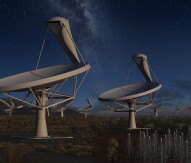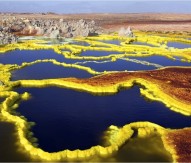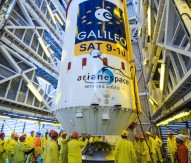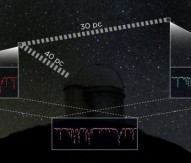
New Galileo satellites in orbit
The European Space Agency has launched the latest satellites for Europe’s navigation system into space.
The two Galileo satellites lifted off together at 02:08 GMT on 11 September from Europe’s Spaceport in French Guiana, atop a Soyuz launcher. ESA reports that all the Soyuz stages performed as planned, with the Fregat upper stage releasing Galileo 9 and 10 into their target orbit close to 23,500km altitude, around 3 hours and 48 minutes after lift off.
Jan Woerner, director general of ESA, commented: “The deployment of Europe’s Galileo system is rapidly gathering pace.
“By steadily boosting the number of satellites in space, together with new stations on the ground across the world, Galileo will soon have a global reach. The day of Galileo’s full operational capability is approaching. It will be a great day for Europe.”
Two further Galileo satellites are scheduled for launch before the end of this year. The satellites have completed testing at ESA’s ESTEC technical centre in Noordwijk, the Netherlands; a further two satellites are undergoing their own test campaigns.
Additional Galileo satellites are being manufactured by OHB in Bremen, Germany, with navigation payloads coming from Surrey Satellite Technology Ltd in the UK, in turn utilising elements sourced from all across Europe.
Next year the deployment of the Galileo system will be boosted by the entry into operation of a specially customised Ariane 5 launcher that can double, from two to four, the number of satellites that can be inserted into orbit with a single launch.




